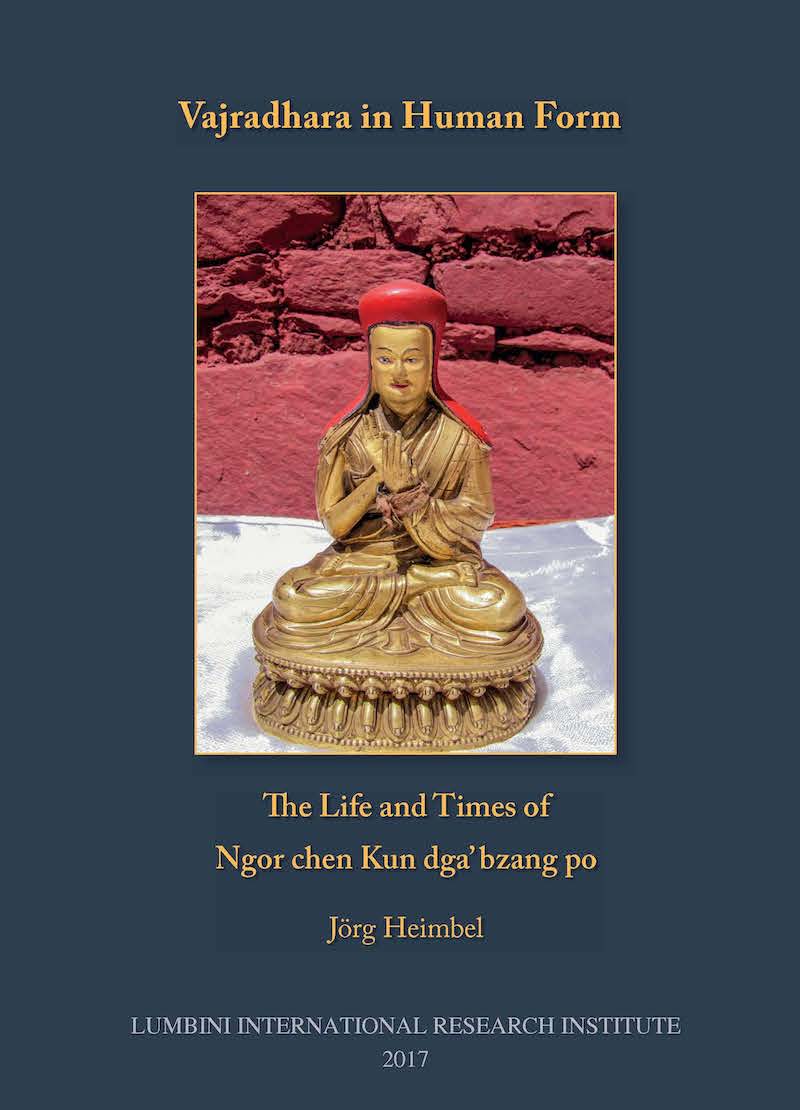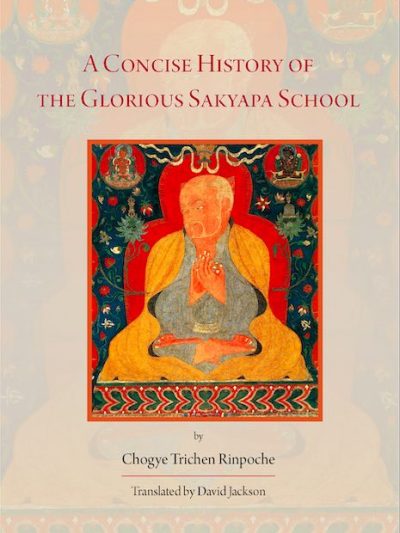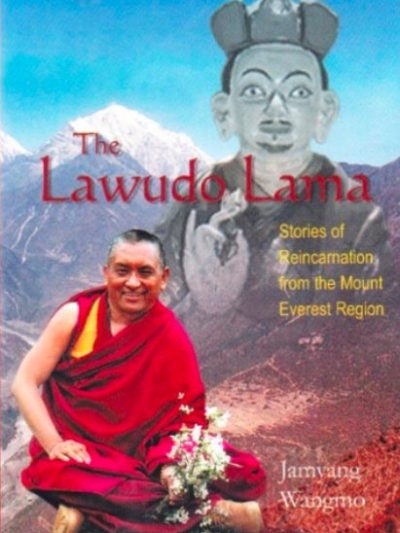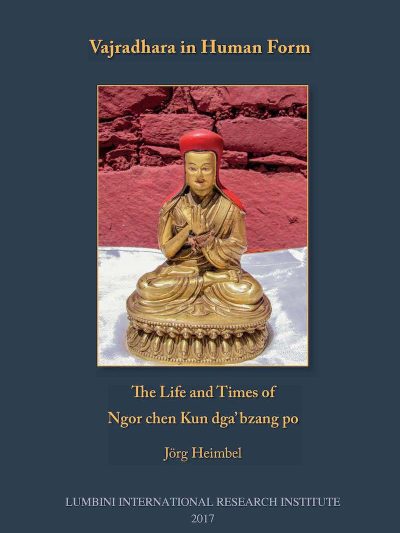Description
From the Preface:
The tantric expert and strict Vinaya advocate Ngor chen Kun dga? bzang po was one of the most outstanding masters of the Sa skya order who flourished during the first half of the fifteenth century. Like Tsong kha pa Blo bzang grags pa (1357?1419), Ngor chen can be considered a reformer who tried to renew his own Sa skya school from within. He made efforts to cleanse the Sa skya teachings from elements he considered to be mistaken, aiming to return to the religious roots of his tradition by transmitting what he perceived to be the pure and untainted teachings of the early great Sa skya founders, such as Sa chen Kun dga? snying po (1092?1158) and his sons, Slob dpon bSod nams rtse mo (1142? 1182) and rJe btsun Grags pa rgyal mtshan (1147?1216). Withdrawing from the worldly distractions of the bustling town of Sa skya as well as from sectarian conflicts, Ngor chen left his traditional alma mater of Sa skya Monastery and set up his new monastic seat in the remote Ngor valley, located about 30 km southwest of bSam grub rtse (present-day gZhis ka rtse), where, based on the observance of a strict monastic discipline, he hoped to go back to traditional Sa skya teaching and practice in a more supportive environment. Immediately, Ngor became a new centre for tantric training within Sa skya pa monastic circles. Ngor chen, as the leading tantric expert, trained a whole new generation of young students, producing some of Sa skya pa?s brightest minds, such as the illustrious and controversial figures gSer mdog Pa? chen Sh?kya mchog ldan (1428?1507) and Go rams pa bSod nams seng ge (1429?1489). In doing so, Ngor chen became the founding father of the Ngor tradition (ngor lugs), which quickly developed into the most prominent subdivision of the Sa skya school. At a crucial point in the history of the Sa skya pa, who had lost their political power in the mid-fourteenth century with the collapse of the Yuan dynasty (1271?1368), Ngor chen was one of a few highly influential figures whose activities caused Sa skya?s influence on the religious sphere not only continue to flourish but also to strengthen. Furthermore, through his religious activities, he was able to establish new bonds on the political stage with such powerful rulers as the kings of Mustang (Glo bo).
Modern research has acknowledged the great influence Ngor chen exercised on Tibetan religious life, as is immediately evident from the abundance of references to his person that we encounter in the secondary literature. Given his importance, it is striking that Tibetological scholarship mainly restricted itself to studying certain aspects of his life within other contexts, but did not devote a full-length study to his life in its own right, a prerequisite for better understanding his manifold activities within the interconnected religious, socio-cultural, and political contexts of fifteenth-century Tibet. This period has been described as ?a phase in the religious and cultural history of Tibet marked by an enormous productivity in shaping the spiritual traditions that had been received during the first and second spread of the Buddhist doctrine,? or likewise as ?a period generally characterized by widespread scholastic activity and intellectual efflorescence.? During that constructive period, Ngor chen was one of a number of important figures that appeared on the religious scene pursuing their individual agendas by various means, such as reforming and further reshaping their own traditions, establishing new monastic institutions, and forming important alliances and networks of support with wealthy and powerful patrons. Ngor chen also witnessed the emergence and swift rise of the influential dGa? ldan tradition, which quickly changed the religious climate, leading to sectarian conflicts and polemical exchanges with far-reaching consequences that would also effect Ngor chen.
Against this background, the present study aims at positioning Ngor chen within the multi-layered and interlinked religious, socio-cultural, and historical contexts and developments of fifteenth-century Tibet, thereby clarifying his role and formative impact on the further development of Tibetan Buddhism, in general, and of the Sa skya school, in particular. The investigation of the life of Ngor chen serves as a case study to exemplify the various developments that took place during that important period of Tibet?s history. It aims to show how Ngor chen?s religious career was not only influenced by these developments, but also how he actively took part in shaping the new religious landscape of fifteenth-century Tibet. By outlining Ngor chen?s religious training and career, this study hopes to make two further contributions: firstly, to fill gaps in our knowledge of the Sa skya pa?s religious history during the fourteenth and fifteenth centuries, and secondly, to trace the genesis and further development of the Ngor tradition as it was established by Ngor chen and his successors on the abbatial throne of Ngor.
About the author:
J?rg Heimbel, Dr. phil., is a lecturer for Classical and Colloquial Tibetan at University of Hamburg. His field of interest lies in Tibetan religious history and its related literature and Tibetan Buddhist art; joerg.heimbel@uni-hamburg.de







Reviews
There are no reviews yet.